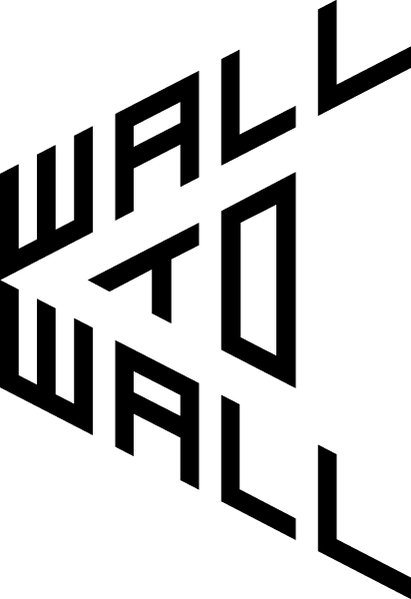Mending (2016)
ARTIST
Clandestinos – Shalak Attack & Bruno Smoky
LOCATION
782 Main St.
Winnipeg, MB
North End
(South-facing wall)
ABOUT / ARTIST STATEMENT
“Mending”, is the apt title of the mural facing the greenspace (and everyone travelling North on Main St). As you can see, it features a strong and beautiful indigenous woman. The Clandestinos, the married artist duo of Shalak Attack and Bruno Smoky who hail from Toronto with roots in South America, dedicated this piece “to strength and resilience of the First Nations Women from across the Americas.” She stands in marked contrast to how women are usually depicted on billboards across our society.
Her bracelets and poncho are adorned with designs and patterns of tribes and First Nations from South, Central and North America, in that order. Bruno says, “Shalak and I spoke with elders here in Winnipeg, and they gave us direction as to what symbolism we should use on her poncho and jewelry. Combining symbolism from the South and North is a beautiful thing – Indigenous people standing together.” Her strength and beauty stands in solidarity with all indigenous peoples.
She goes about her quiet yet important work of mending a heart that is ripped. Shalak and Bruno say “her act of “Mending” is symbolic of the healer, and reconstruction of the broken or missing pieces of our communities.”
Her hat is crowned with a ring of Musk oxen, our metaphor of the kind of community we are called to be. Muskox are known to surround vulnerable members of the herd to protect them against harm – they use their strength in the service of others. The Muskox in this painting represent “the surrounding communities coming together for her protection and everything she stands for.”
"Through these symbolic images we wish to give homage to and remember missing and murdered indigenous women. The act of mending is representative of the healing process, the need to face, overcome and heal the social unbalances and inequalities that are present in our societies that all too often hurt the most vulnerable communities.”



